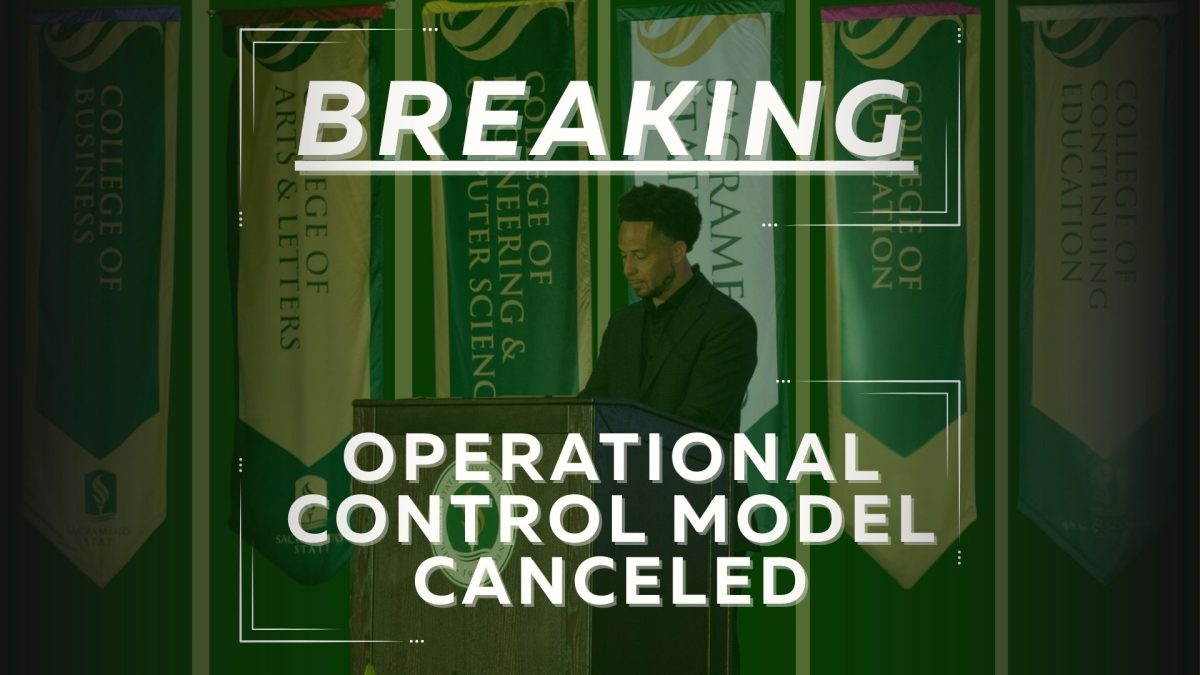CSU, UC change financial terms from ?fees? to ?tuition?
November 30, 2010
The state’s two public university systems will no longer refer to the charges made for resident student education expenses as “fees.”
The California State University and University of California systems have changed terminology from “fees” to “tuition,” in hopes of clarifying where student money is spent and to address problems with Post-9/11 GI Bill processing.
In particular, students applying for financial aid through the Post-9/11 GI Bill have had problems in receiving those funds. A 2009 revision to the bill states that only tuition and related expenses will be covered; the UC and CSU referred to their charges as “fees.”
“Because the CSU does not charge “tuition,’ in 2009 GI Bill payments to CSU student veterans were threatened due to this terminology problem,” the CSU finance committee stated in its report.
The UC system worked with state and federal veterans’ agencies to clear up the confusion, and said the change in wording will avoid that problem altogether.
CSU Chancellor Charles Reed said at the Nov. 9 board meeting that he would make the change; he is expected to issue an executive order by the end of the year, CSU officials said. The UC’s Board of Regents on Nov. 18 voted to make its change official.
Both systems hope the term change will improve transparency by showing that fees pay for non-instructional expenses, whereas tuition relates directly to class instruction. Tuition is also the term used by practically every other university system in the country, according to the UC Regents’ report.
State financial support of higher education has been going down for at least the past 20 years, said CSU spokesman Erik Fallis. The university systems have had to rely on the fees charged to students to maintain courses, salaries and other services.
Fallis said the change in wording will help “clarify for students what they are actually paying for,” and will assist students who are comparing multiple university systems in terms of cost.
“It’s not a change in financial aid, it’s not a change in services,” he said. “It’s just a matter of what we’re calling it.”
The UC’s Educational Fee, for example, was initially established to cover financial aid and related programs, but was expanded in 1981 to cover instructional costs as well. The CSU’s State University Fee, expanded in 1995 to cover instructional costs, covers the same breadth of services as well.
In its recommendation to change the terms from “fees” to “tuition,” the UC Regents said “claiming to be a “tuition-free” institution is no longer meaningful” and that the current usage of the term “fees” is misleading.
The UC found that while financial aid has preserved the principle of a tuition-free education, all three of California’s higher education institutions charge students for educational and instructional services.
The principle of a “tuition-free” education has been in place in California since the 1860s. California was the only state in the country that did not use “tuition” to describe the charges made to its resident students. The state university systems have, however, charged tuition to nonresident students and those attending from other states and countries.
In the Organic Act of 1868, which established the UC system, there was a clause banning tuition.
“For the time being, an admission fee and rates of tuition, such as the Board of Regents shall deem expedient, may be required of each pupil, except as herein otherwise provided; and as soon as the income of the University shall permit, admission and tuition shall be free to all residents of this state,” according to Section 14 of the act.
Changes to the state constitution eventually removed the second part of that statement, but the concept of not charging tuition remained in place. The Education Fee, established by the UC Regents in 1970 was set at $300; it rose to $11,124 on Nov. 18.
The CSU system &- then referred to as the California State Colleges and governed by the state’s Board of Education &- never charged tuition, but did institute what was referred to as a “registration fee.”
Before 1930, students were charged a $3 registration fee plus other course fees; as many as 125 such course fees were in place by 1940. They were eventually eliminated and rolled into the State University Fee.
Before 1995, the state’s Education Code prohibited the CSU from charging more than $25 in tuition fees. With that section repealed, CSU finance committee found that there was no other action needed from the state Legislature for the CSU to make the terminology change.
In the 1960 Master Plan for Higher Education, both governing boards “reaffirmed the long established principle that state colleges (now the CSU system) and the University of California shall be tuition-free to all residents of the state,” according to a 1965 report from the Coordinating Council for Higher Education.
A review of the Master Plan in 1972 found that the gradual addition of fees for purposes other than staff salaries may reach the point where the no-tuition principle would no longer apply.
“Some constituents … may perceive the adoption of the term “tuition’ as an abandonment of UC’s efforts to strive for a tuition-free university where the State fully covers instructional costs,” the UC Regents said. “Changing the name of the Educational Fee to “tuition’ would be combined with vigorous advocacy efforts to protect and increase state funding.”
Despite the name change, Fallis said the CSU remains committed to the Master Plan and that the university system is striving to provide a balance between affordability and quality access. Changing the wording would simply better reflect how the universities are actually operating in terms of the money charged to students.
“The state has not funded a tuition-free education,” he said. “This has been the case for decades, and a change in terminology will not change that reality.”
Benjamin R. Schilter can be reached at [email protected].






























































































































